
Terciopelo (Bothrops Asper) Royalty Free Stock Photo Image 32271885
We report the comparative proteomic characterization of the venoms of adult and newborn specimens of the lancehead pitviper Bothrops asper from two geographically isolated populations from the Caribbean and the Pacific versants of Costa Rica. The crude venoms were fractionated by reverse-phase HPLC,.
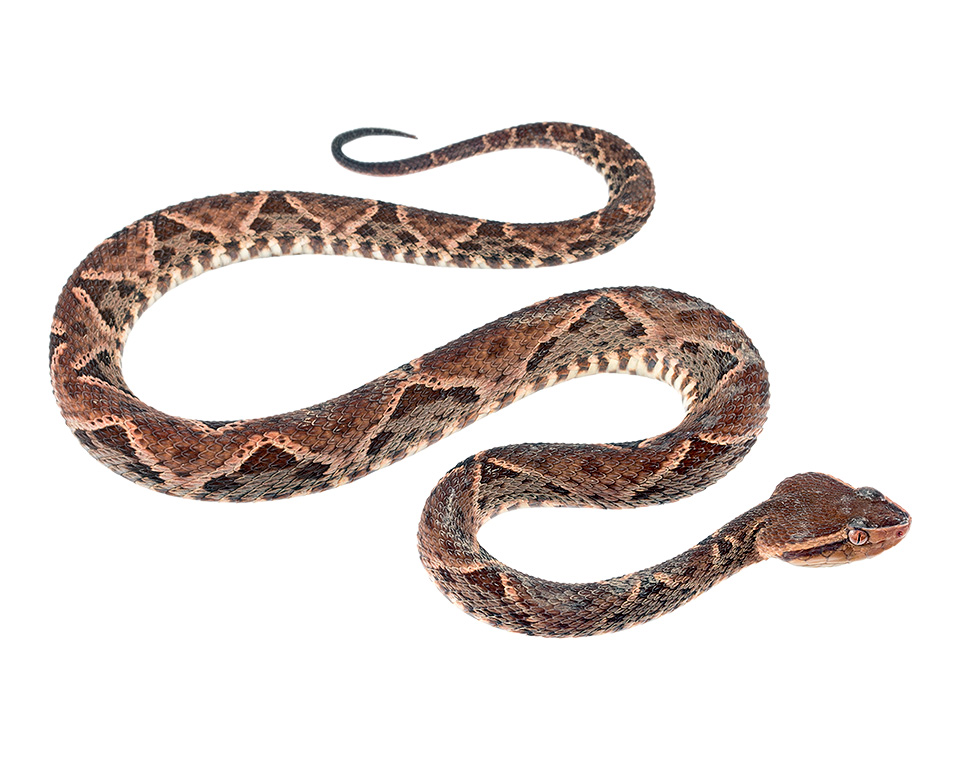
Photos of the FerdeLance (Bothrops asper)
The fer-de-lance, known in Spanish as barba amarilla ("yellow chin"), is a pit viper (subfamily Crotalinae)—i.e., distinguished by a small sensory pit between each eye and nostril. It has a broad triangular head and is usually about 1.2 to 2 metres (4 to 7 feet) long.
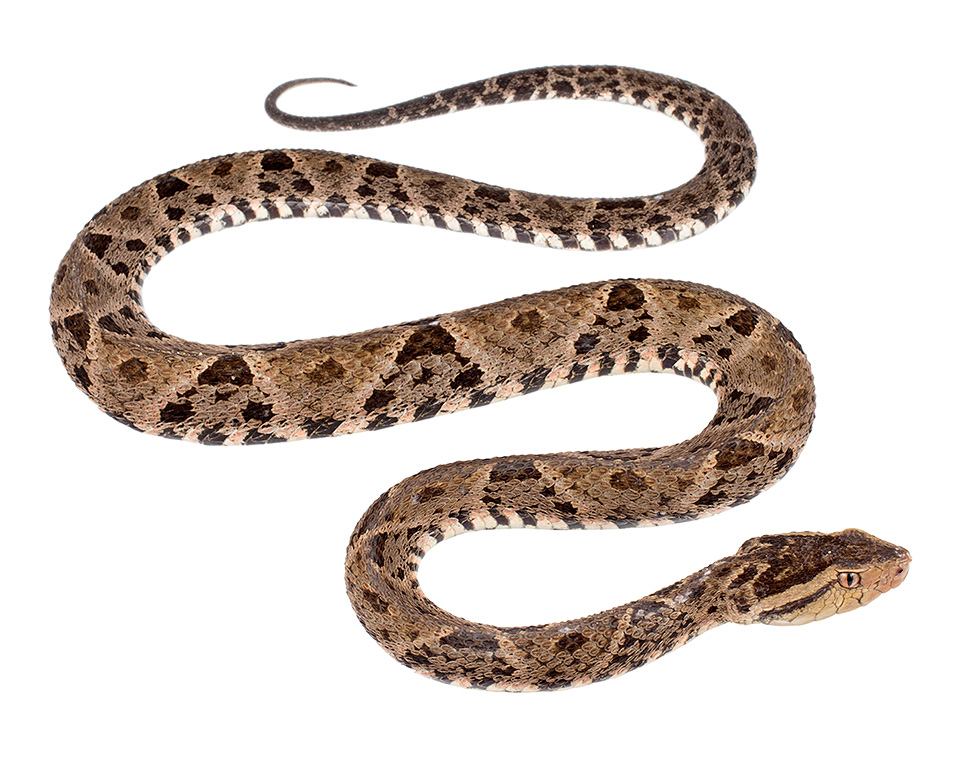
Photos of the FerdeLance (Bothrops asper)
Certainly, the saw-scaled viper does not live in the humid jungle environments of South and Central America, unlike the terciopelo or fer-de-lance (Bothrops asper), a snake that reaches lengths of 8 feet and weighing an average of 10-13 pounds. The terciopelo has an average of 500-1500 mg of venom in a single bite, and since it takes 3mg to.
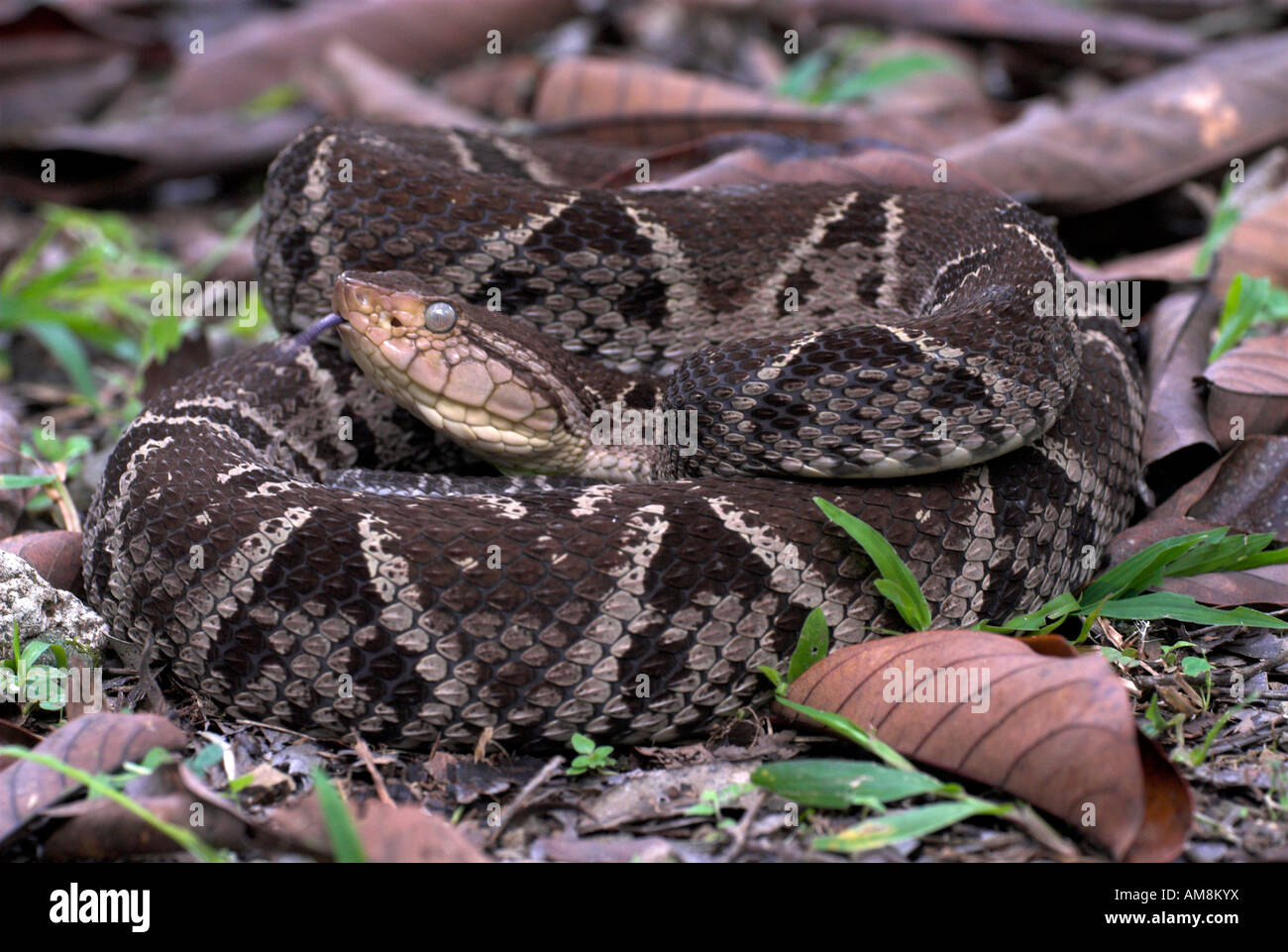
Ferdelance Snake Bothrops asper Costa Rica Stock Photo Alamy
Bothrops atrox is the most important cause of snakebite mortality in the Amazon. 39, 46 - 48 It causes 36.5-99% of snakebites throughout its range, 39 probably because snakes of this species are perfectly camouflaged, abundant in agricultural areas, have a high venom yield (up to 342 mg of venom per bite) and toxicity, 35, 36, 49 and have an agg.
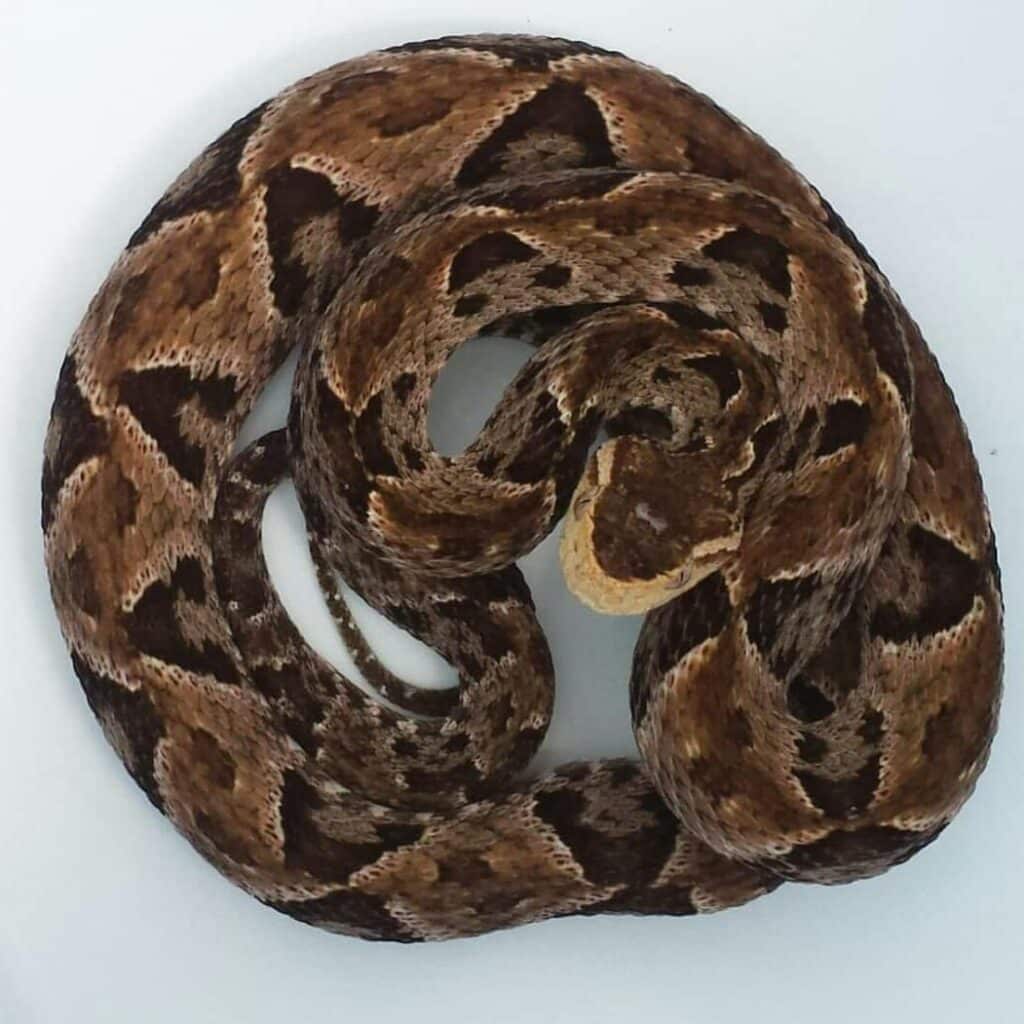
Bothrops Asper Learn About Nature
Bothrops asper is found on the Pacfic coastal plains and Andes Pacific versant from Columbia to as far south as the border of Peru and Ecuador. These snakes are also found in Northern Peru near the Pacific coast.
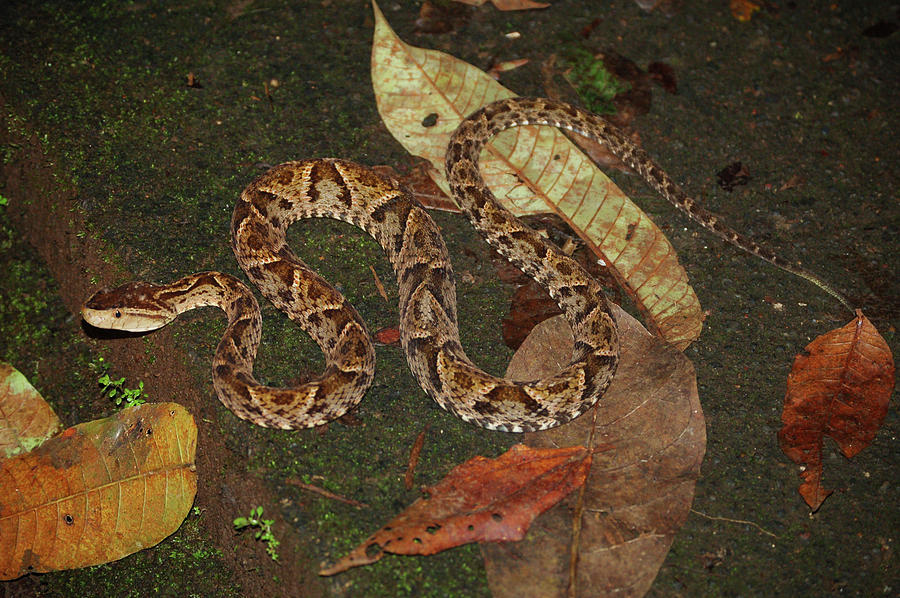
Ferdelance, Bothrops asper Photograph by Breck Bartholomew Pixels
Characteristics of Bothrops asper. The species presents a marked sexual dimorphism. The female is longer, thicker and heavier than the male. The female reaches a length of 1.85 to 2.5 m, and weighs about 6 kg. The male, on the other hand, is smaller, measuring between 1.4 and 1.80 m, and less heavy. The head of the fer-de-lance is very defined.

40 Bothrops Asper Facts Guide to Fer de Lance (Terciopelo Viper) Ecuador animals, Animal
The bothrops asper is one of the most dangerous snakes in the Americas. In this post, you'll learn about these short-tempered and highly poisonous fer de lance, terciopelo vipers. We'll cover their diet, size, habits, differences, and more. Plus, their unusual hunting method, heat-sensing abilities, and reproduction.

Fer de Lance Snake (Bothrops asper) young snake curled up on forest floor, amongst leaf litter
Order: Squamata Suborder: Serpentes Family: Viperidae Subfamily: Crotalinae Genus: Bothrops Species: B. asper Quick Facts: The title "Fer-de-Lance" originally referred to the Martinique lancehead ( Bothrops lanceolatus) found on the island of the same name in the West Indies.
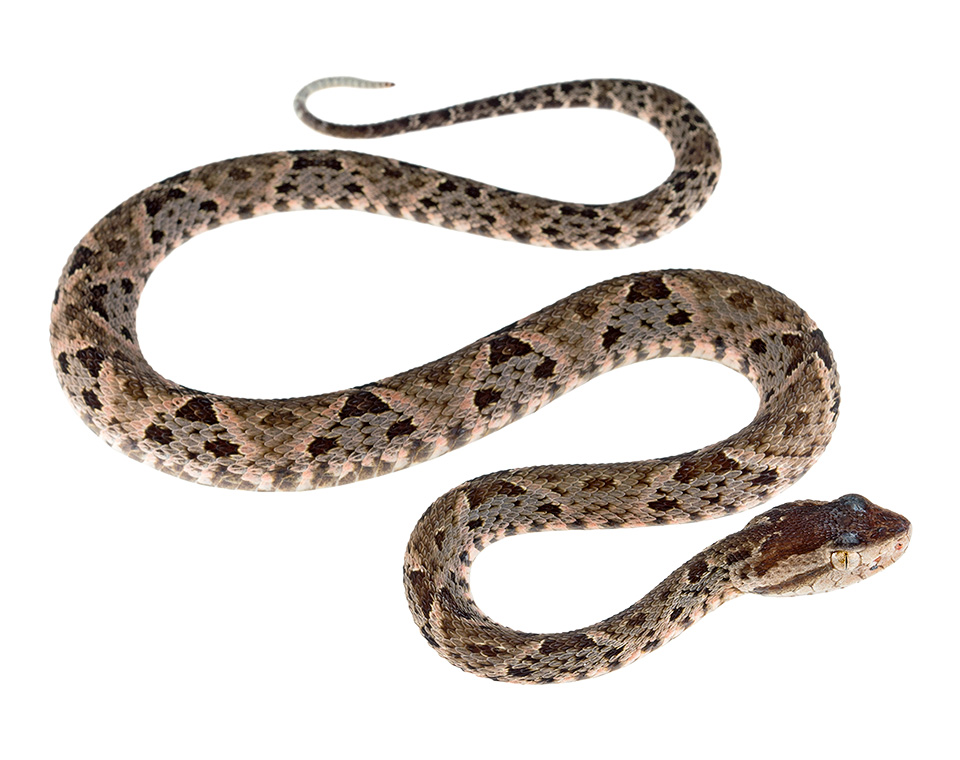
Photos of the FerdeLance (Bothrops asper)
Terciopelo ( Bothrops asper) [note 1] is a highly venomous species of pit viper found at low to moderate elevations in northeast Mexico and Central America, and into South America where it is known from elevations up to 2600 meters in the Colombian and Ecuadorian Andes, as well as into Venezuela. [3]

Serpiente Bothrops asper
The fer-de-lance ( Bothrops asper) is a highly venomous pit viper species found from southern Mexico to northern South America. It is the most dangerous snake of Central and South America and is the main cause of fatal snakebite incidents within its range.

Mapapire Balsain (Bothrops asper) a photo on Flickriver
Terciopelo | snake | Britannica Other articles where terciopelo is discussed: fer-de-lance:.name to the terciopelo (B. asper) and the common lancehead (B. atrox) of South America. The name fer-de-lance has also been used collectively to describe all snakes of the Central and South American genus Bothrops and the Asian genus Trimeresurus.

Bothrops asper (fer de lance). Snake resting on a mossy rock Stock Photo Adobe Stock
Fernández, J. et al. Muscle phospholipid hydrolysis by Bothrops asper Asp49 and Lys49 phospholipase A2 myotoxins — distinct mechanisms of action. FEBS J. 280 , 3878-3886 (2013).

Bothrops asper YouTube
The Terciopelo ( Bothrops asper; Central America)and Fer-de-Lance ( Bothrops atrox; South America) are closely related pit vipers in the family Crotalidae. They reach up to eight feet (2.5 m), with heads up to four inches (10 cm) wide. These snakes are greatly feared and have many common names. Barba Amarilla (yellow beard) is what larger.

Bothrops asper The Lance Head Viper. The Ultimate Pit Viper, An Exceedingly Venomous Snake
In Ecuador, the Central American Lancehead ( Bothrops asper) may be identified by having a triangular-shaped head with a snout that is not upturned, heat-sensing pits between the eyes and nostrils, and a dorsal pattern of 14-28 pale X-shaped markings on a brownish dorsum. 1, 2 Newborn lanceheads have brightly-colored tail tips (yellowish in male.
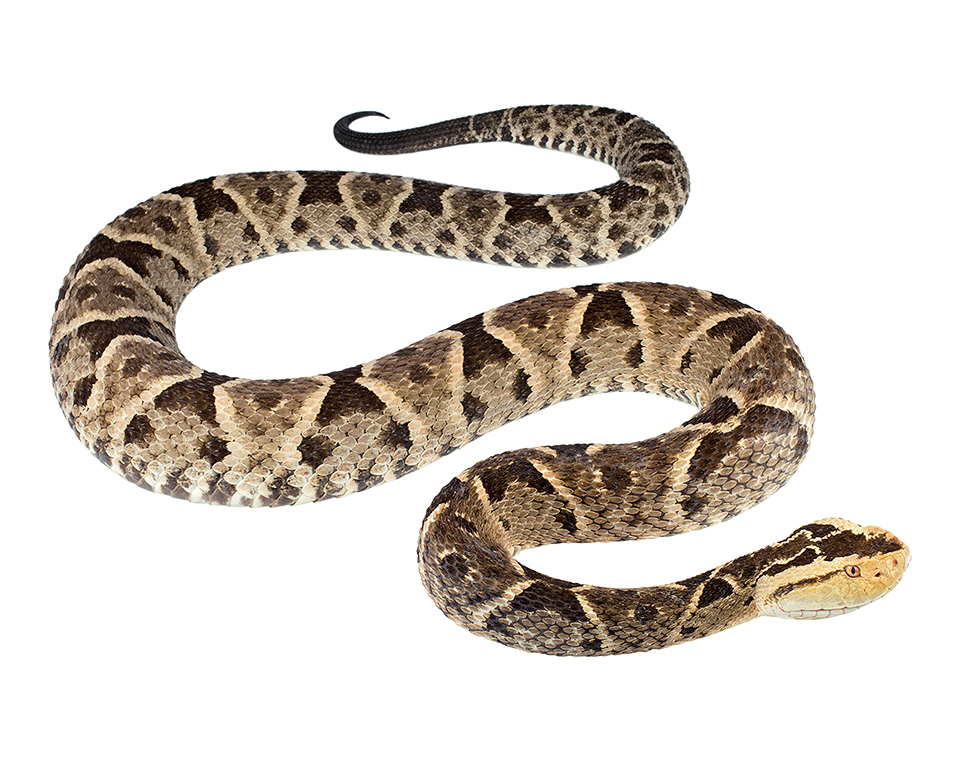
Photos of the FerdeLance (Bothrops asper)
This snake is extremely unpredictable and extremely fast moving. This snake will sometimes flee quickly and then suddenly turn around and even more quickly, strike the unsuspecting and unfortunate person involved.
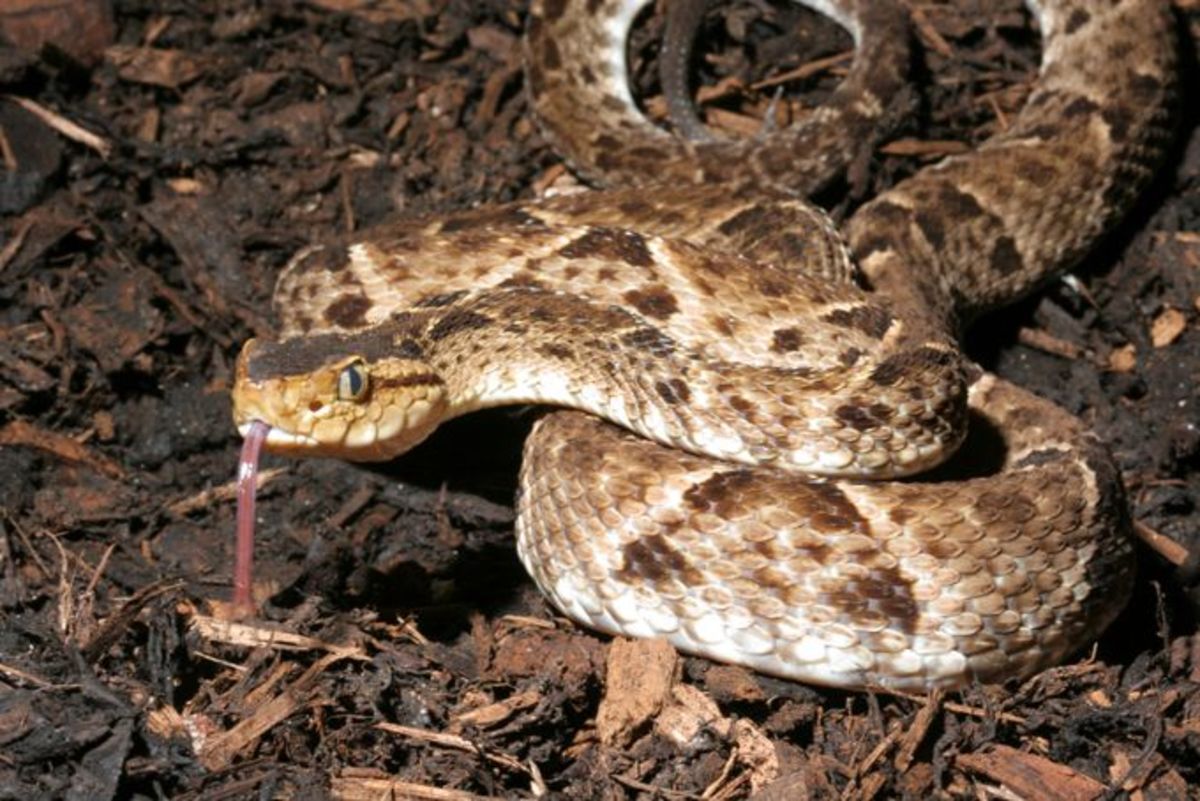
Bothrops asper The Lance Head Viper. The Ultimate Pit Viper, An Exceedingly Venomous Snake
Photobiomodulation Therapy to Treat Snakebites Caused by Bothrops atrox: A Randomized Clinical Trial | Dermatology | JAMA Internal Medicine | JAMA Network . 2020;7:100043. doi: . 2009;3 (12):e569. doi: . 2015;1 (8):e1500249. doi: Gutiérrez JM, Calvete JJ, Habib AG, Harrison RA, Williams DJ, Warrell DA.